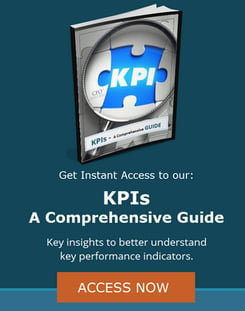It is not difficult to understand that a nonprofit organization needs money to accomplish its mission. And yet, in looking at nonprofits it is clear that they are so much more than the money they have to invest in programs and initiatives around a particular mission or cause. Nonprofits are made up of passionate people that care about making a difference and serving others with whatever resources they have available. But how much they need and how much donors are willing to give them hinges on understanding how they can use what they have to do what they do, which is called their Return on Investment (ROI).
Without knowing what kind of a return a nonprofit can achieve it cannot secure grants or attract donors effectively. So, how do you calculate nonprofit ROI?










